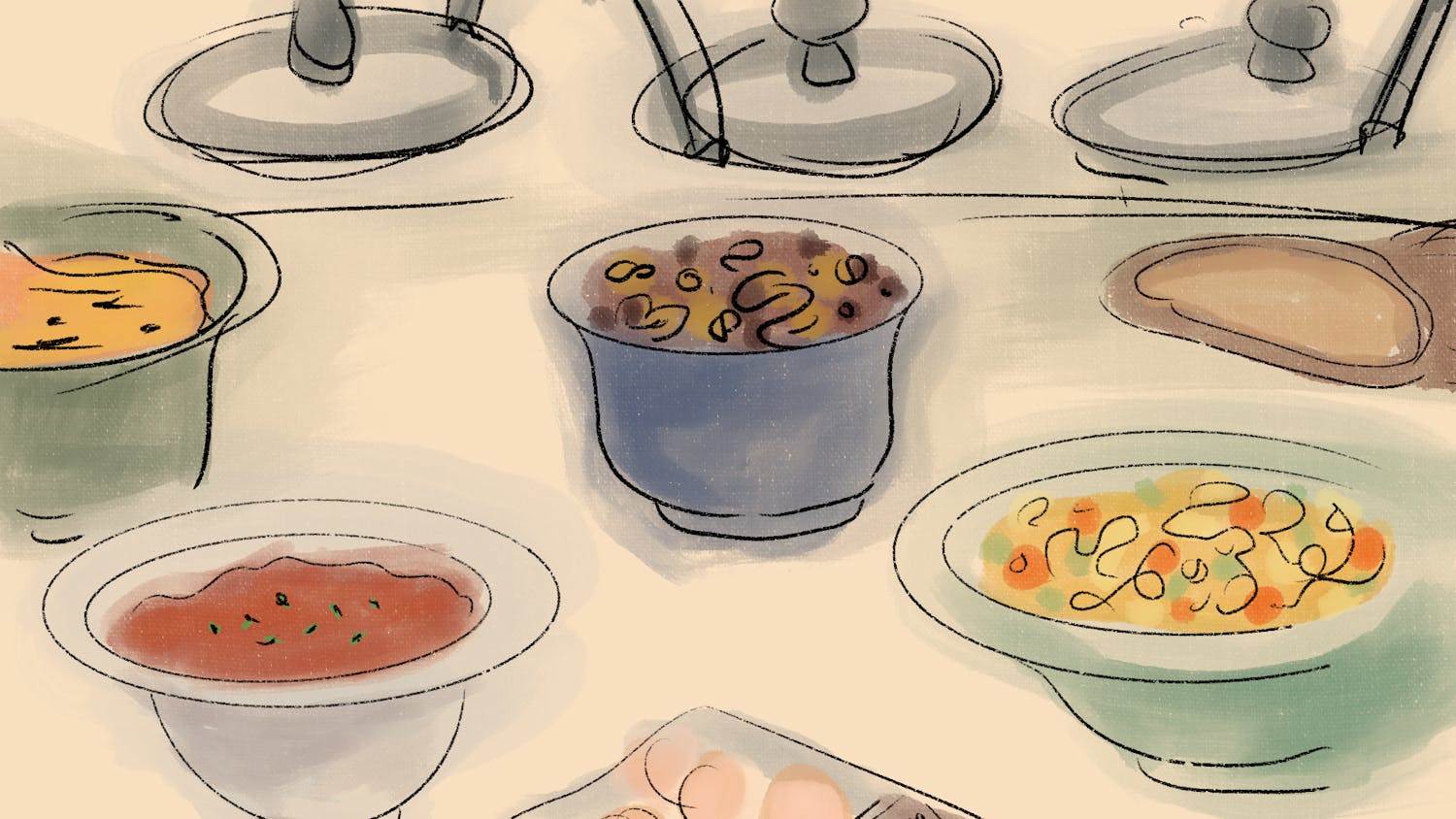Sitting in the library, surrounded by a mountain of textbooks on Theories of Government, I pull out my phone for some momentary distraction. I begin to scroll through my Instagram feed, mindlessly gazing at all of the expertly edited, effortlessly posed pictures that pop up on the screen. Sipping my cup of coffee, I pass pictures of gleaming bikini clad girls, friends clutching red solo cups and groups of attractive music festival goers. Suddenly my cup of King Arthur Flour leaves a bitter taste in my mouth. How can it be that these lives look so perfect? When do they have free time to do all these fun things? Are they actually happier than me?
While walking back from Sanborn, I told a friend about my solo cup and sunshine envy. It’s not that I’m unhappy at school; to the contrary, despite having been at Dartmouth for only one term so far, I have made some incredible friends, learned a lot and experienced real, true joy. But I am certainly not happy all the time. I have momentary flashes of anxiety, sadness and loneliness. But in general, am I happy enough? Is my smile as wide as that guy’s in the post I just passed?
In a confident voice, my friend told me that I had nothing to worry about. She claimed that it’s just “Stanford Duck Syndrome” — a phenomenon she had learned from her father, a Stanford graduate. In the words of the Stanford Daily, the theory goes:
“Stanford students are like ducks, seemingly calm on the surface, but paddling furiously to stay afloat.”
Basically, when applied to all colleges, the Duck Syndrome suggests that although students may seem perfectly happy and put together all the time, that’s only the tip of the iceberg — if you look under the surface, you can see that everyone is dealing with their own struggle to stay afloat.
We all know that online life is deceiving. The smiling faces and perfect snapshots I see on Instagram are curated and edited versions of reality — they don’t actually show the full picture. Images of plastered smiles and “good times” are easy enough to capture on camera. Instagram is a platform that allows you to put forward the best version of yourself. Who in their right mind would post a picture of a four-hour study marathon rather than the photo of themselves posing with a glamorous celebrity?
But this leads to the question: why are we so determined never to let anyone see us sweat? What’s the obsession with presenting picture-perfect lives all the time? Why hide the reality of being a college student — or a human being — in general?
In the United States, the question “How are you?” is often met with the standard response of some variation of “Good!” — even if it has nothing to do with the truth. It seems like nobody wants to hear it.
But in other cultures, there isn’t the same pressure for forced gaiety. According to U.S. News and World Report, in Latin culture, “Así, así,” which translates to “so-so,” is a common response. In Italy, it’s acceptable for the question to be met with “Così è la vita,” meaning “That is life, and we’re all in this together.”
Ask a Russian friend and you’re likely to get a sound from high in their throat, and falling in pitch, as in “I’m still alive, but not sure that’s the good news.” As a daughter of a Russian immigrant, trust me, they do this a lot.
Although it seems like a harmless norm, I believe that this pressured response reflects a larger cultural implication — Americans are constantly trying to hide any evidence that they feel anything but perfectly happy. But what are we so afraid of?
Todd Kashdan, a professor of psychology at George Mason University, says the social pressure to be happy all the time leads people to look for quick fixes. This can then lead to a “comfort addiction” in which people try to find things that provide them short-term happiness because they are unable to cope with the idea of feeling any other kind of emotion. And yet, due to the fact that they are only temporary fixes, people are worse off in the long run because they end up avoiding their real issues. Thus, the pressure of feeling happy actually causes us to detract from our overall wellness.
Svend Brinkmann, a Danish author and psychology professor at Aalborg University, argues that trying to always be happy also counters the way in which our world naturally works. He believes that if we continuously try to shut out feelings of grief and sadness, we will be unprepared for the tragedies in life that are bound to occur. Thus, when these events do happen, our reactions will be even more profound, and we will face a larger struggle to adjust to reality.
As a society, we are constantly told that happiness is the ideal. People who don’t naturally maintain a smiling face are branded “standoff-ish” or having “RBF.” Those caught crying in public are thought of as “attention-seeking” or “weak.” Articles flash on our phones and computers that promise, “10 habits of happy people!” “Scientifically proven ways to be happier!” “25 happy hacks!”
Well, I call BS: Always being happy isn’t all that it’s cracked up to be. Feeling sad or disappointed are necessary experiences. They cause us to be self-reflective and offer us the chance to change and grow. And without temporary gloom, how would we know what happiness feels like? In order to truly value the good moments, we need to have some bad ones too.
I’m not saying we should start posting pictures of our 2 a.m. anxiety attacks or tearful heart breaks. But we can all do our part to break the smiley face sticker addiction. Accepting that there will be bad moments that go along with the good is the first step to breaking the vicious “Am I happy enough?” cycle. And hey, maybe one day we will all realize that we are just ducks in a pond — each struggling in our own way — but all in it together.




